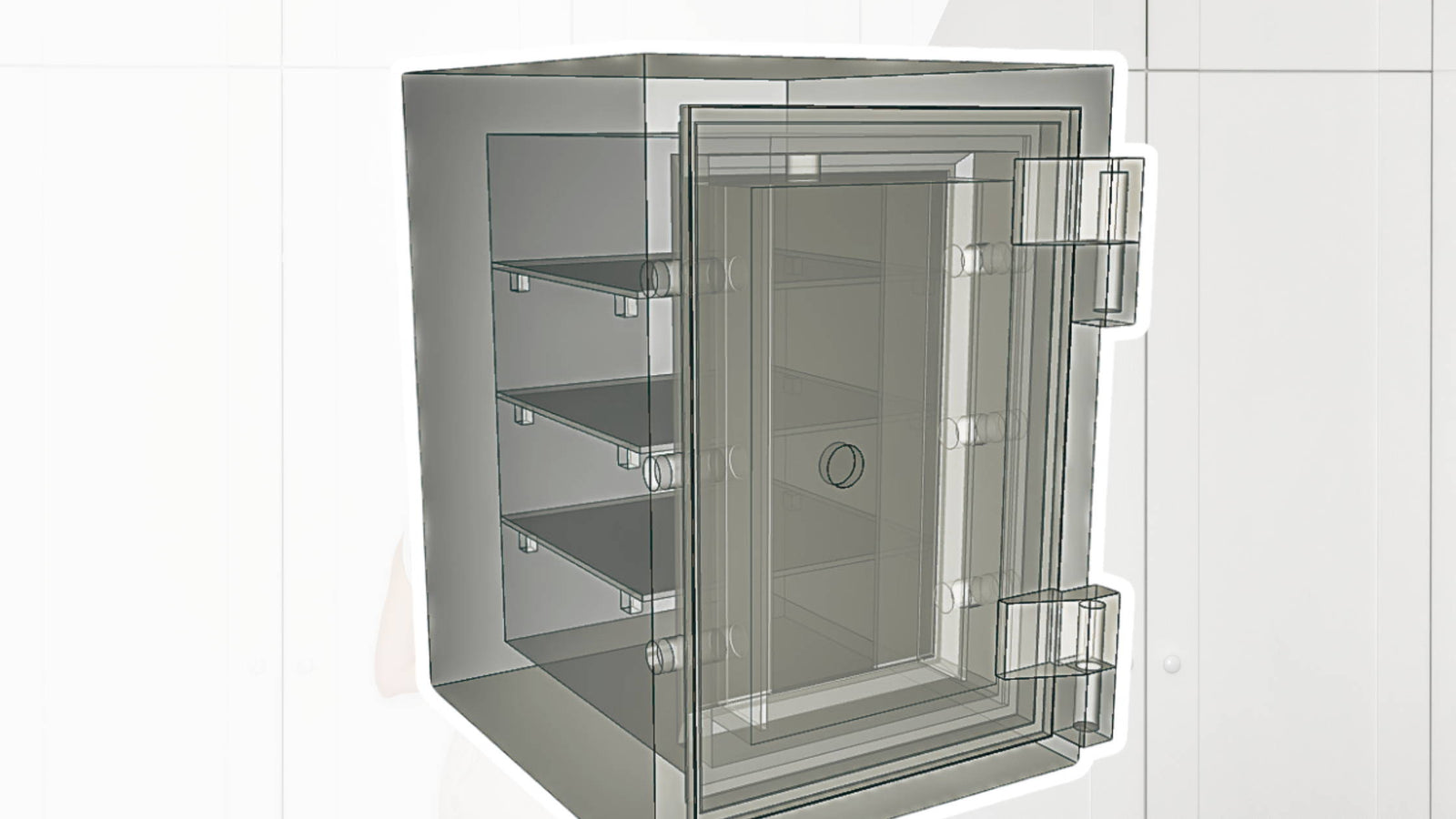Electric strikes present an interesting method for managing your door security with a number of options that go above and beyond the typical deadbolts that have been a mainstay in the past. How exactly do electric strikes work though? In the past there has been a bit of hesitancy towards electric strikes in terms of fire and disaster safety but that needn’t be the case with modern fail-safe amendments that we’ll further investigate. There are a lot of different ways to configure your doors’ electric strikes and some interesting potential with modern home automation. Here we’ll look at some of the details and investigate the finer details of electric strikes.
The Basics In order to properly explain how electric strikes work it’s important to understand a little bit about the anatomy of doors. The strike is the metal plate that connects to the door jamb and facilitates the locking and mechanisms. Electric strikes work via the electronic activation of a latch-bar (keeper) that is toggled between open and closed depending on the configuration. There are two basic configurations: fail-safe and fail secure. Fail-safe means that the latch-bar will remain open when there is no electricity and needs a current for it to be activated and closed. This is ideal for domestic use because there is no chance for the electric strike to remain locked in the event of an emergency power outage. This is the solution to the fear that automated electronic doors could trap people inside during a power outage or disaster scenario. Of course it shouldn’t be a huge concern because they can be operated manually but the idea is still scary nonetheless. The other option is fail-secure which operates in an opposite manner to the fail-safe. This means that the latch-bar remains open only when there is electricity and without electricity it will revert to locked by default. While the door should still be manually operable there is always some concern using fail-secure electric strikes for domestic use in the event of an emergency. This method would be best suited to storage or warehouses that don’t get regular human traffic and would best remain locked in the event of power loss. Who Needs Electric Strikes? In general electric strikes haven’t seen much domestic use because they are sort of superfluous and unnecessary for individual homes but they have been a mainstay to city living for decades. When somebody ‘buzzes you in’ to the front door of an apartment building that’s an electric strike in action. In this example it’s simply a matter of convenience but electric strikes see a lot more use for security purposes in government owned buildings, small businesses, and anywhere that needs to control traffic flow through a building. It’s a great way to remotely manage security by being able to activate doors from a central hub and there’s a lot of prospects for the future with home automation and electric strikes. In general electric strikes serve a strong purpose for both security as well as convenience and should be seeing more use in the future as home automation begins to integrate additional features involving electric strikes.



